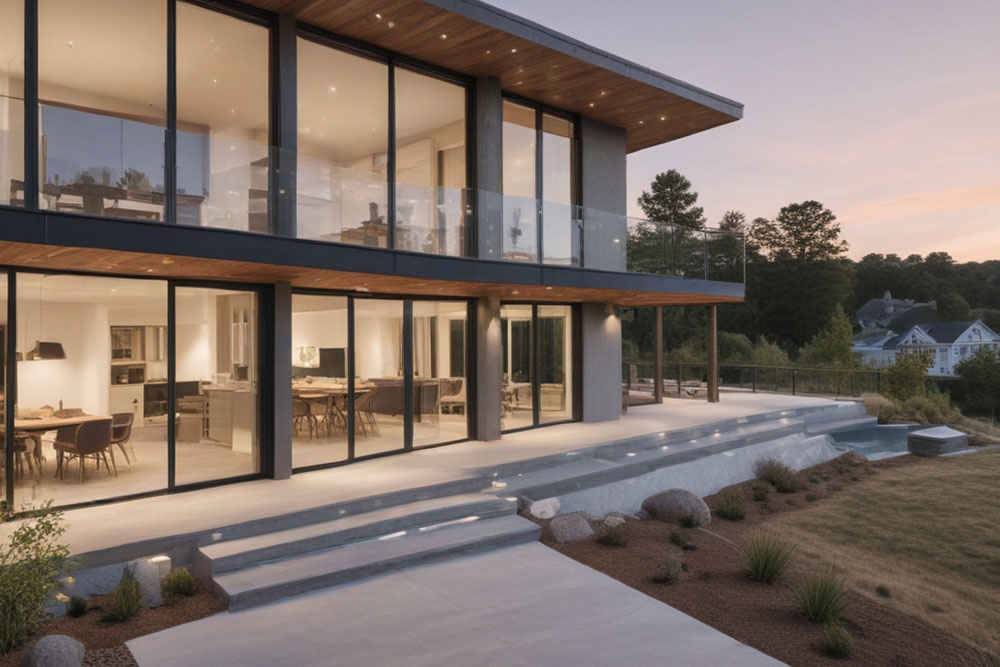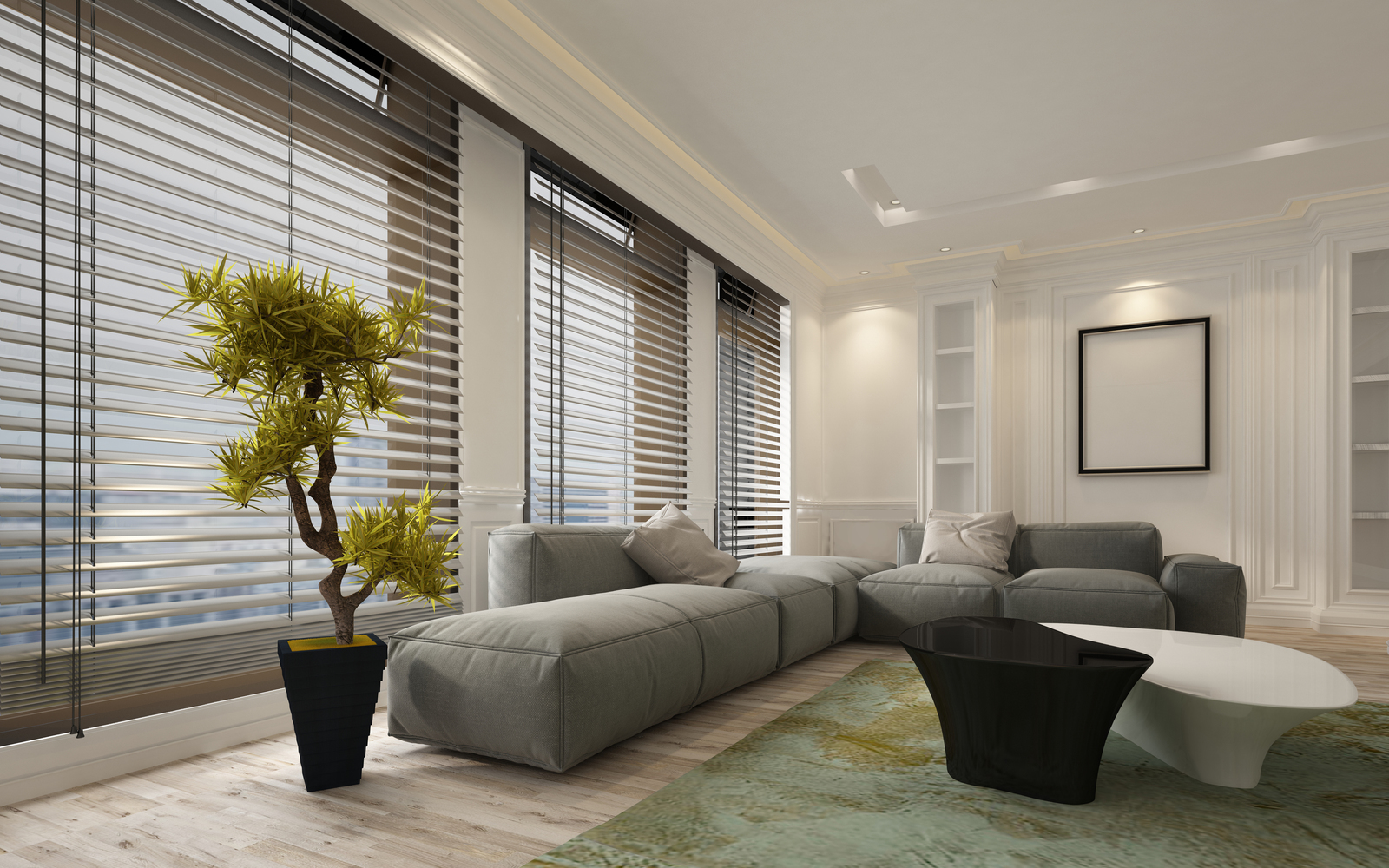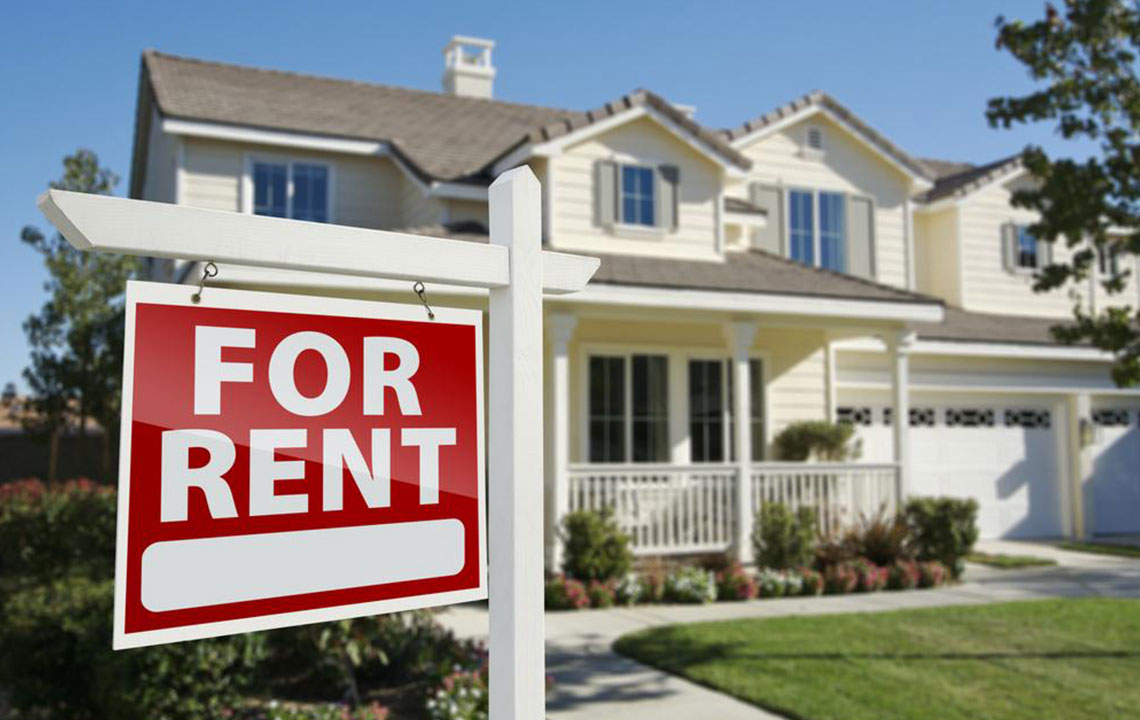Innovative Modular Housing: Cost Benefits and Advantages
Explore modern modular housing solutions highlighting cost advantages, construction methods, and sustainable benefits. Learn how factory-built homes offer affordability, energy efficiency, and quick installation, making them a smart choice for diverse needs. Discover key cost factors and customization options to make informed decisions about modular living. Perfect for those seeking eco-friendly, durable, and budget-friendly housing options.

Discovering Modern Modular Housing: Cost and Benefits
Modular housing isn't a novel concept. Initially created to address post-war housing shortages, these prefabricated homes offered affordability and quick assembly. Today, they have evolved to allow extensive customization at competitive prices. Manufactured in factories and adaptable to various preferences, these homes can be designed to fit lot sizes, budgets, and lifestyles.
Construction Approach
Built in controlled factory settings, modular homes are assembled on-site. This category encompasses modular units, manufactured homes, kit homes, panelized structures, and mobile dwellings.
Depending on lifestyle choices, aesthetic preferences, and space requirements, these homes utilize materials like wood, steel, fiberglass, and more. Factory fabrication ensures cost savings compared to traditional construction methods.
Typically, modular homes are designed to last between 30 and 50 years, depending on material quality, upkeep, and construction standards.
Advantages of Choosing Modular Homes
Growing popularity is driven by their affordability, eco-friendliness, energy efficiency, and durability.
1. Cost Efficiency
One of the primary benefits is their reduced cost relative to conventional homes. Factory production ensures consistent quality and reduces material waste. Quicker construction timelines and less on-site labor also lower overall expenses.
2. Energy Saving
Features like airtight designs and high-performance windows help modular homes cut energy use. Seamless joints and adherence to energy standards result in sealed interiors, reducing utility bills. They are also built to endure harsh weather, including storms and heavy rain.
3. Sustainable Materials
These homes often incorporate recycled steel, reclaimed wood, and environmentally responsible materials, making them a greener option. Controlled manufacturing minimizes waste and environmental impact.
4. Accelerated Construction
Modules built off-site are quickly assembled on location, significantly shortening building durations. Factory-made components are less prone to weather delays and need less site labor. However, groundwork and compliance procedures influence total build time.
Cost Factors
Prices for modular homes differ based on numerous factors, making exact estimates complex. Key considerations include:
1. Material Choices
Material selection influences costs greatly. For example, timber may cost approximately £75 per m², structural insulated panels start at £95, and oak frameworks around £195 per m².
2. Foundation Work
Site groundwork and foundation installation depend on the complexity, size, and design, which affect overall costs.
3. Size and Design
Home dimensions and layout are key price factors. For instance:
Compact modular units (~1050 sq ft) may start from £14,000 with basic features, reaching up to £35,000 for premium options.
Mid-sized homes (~1388 sq ft) with outdoor spaces can range from £30,000 to £65,000 depending on features.
Larger residences (>2100 sq ft) often surpass £100,000.
Price per square meter for flat-pack modules ranges from £75-£200, with custom kits costing between £40,000 and £100,000. Regional factors, manufacturers, and specifications also impact pricing.
Buyers typically engage directly with manufacturers for personalized options. Reaching out to local modular home providers ensures tailored quotations and choices.


